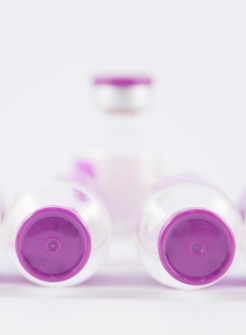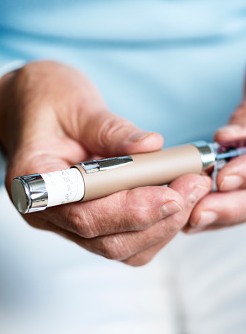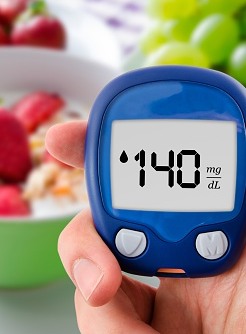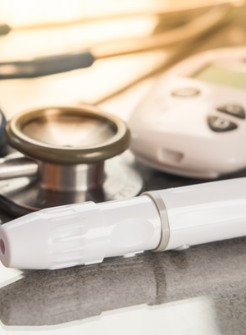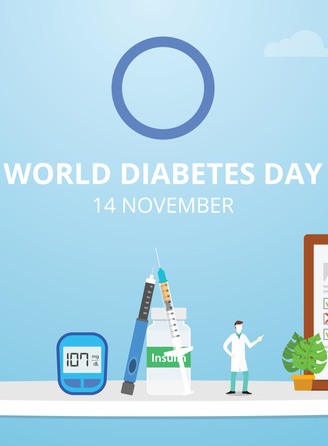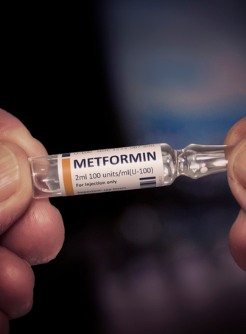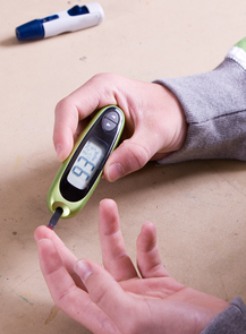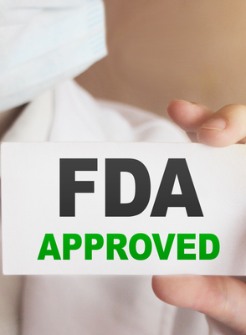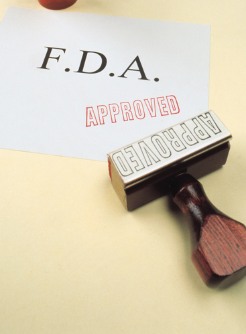FDA Approves Two Additional Doses of Dulaglutide
By Brenda L. Mooney, /alert Contributor
September 9, 2020
Two additional doses have been approved by the U.S. Food and Drug Administration (FDA) for dulaglutide, marketed as Trulicity.
Eli Lilly and Company announced that the FDA expanded the label of once-weekly dulaglutide to include 3.0 mg and 4.5 mg doses based on data from AWARD-11. That phase 3 trial showed the additional doses led to further benefits in hemoglobin A1C and body weight reduction when compared to dulaglutide 1.5 mg in type 2 diabetes patients.
"The FDA's decision to approve the additional doses of [dulaglutide] is a positive step forward for people living with type 2 diabetes and their care teams," said Juan Pablo Frias, MD, medical director and principal investigator of the National Research Institute. "This progressive condition can require different treatment approaches over time, and findings from AWARD-11 showed the additional doses of [dulaglutide] can lead to further A1C and weight reductions for people with type 2 diabetes whose current treatment may no longer be meeting their needs."
Published in Diabetes, the phase 3 study compared once weekly dulaglutide 3 mg and 4.5 mg to dulaglutide 1.5 mg for efficacy and safety through 52 weeks — primary endpoint at 36 weeks — in patients with inadequately controlled T2D on metformin therapy. Dulaglutide previously was approved only at two doses — 0.75 and 1.5 mg — for type 2 diabetes.
Researchers randomized 612 patients to dulaglutide 1.5 mg, 616 to dulaglutide 3 mg and 614 to dulaglutide 4.5 mg. All patients were initiated on the once weekly drug at 0.75 mg for 4 weeks, followed by stepwise dose escalation every four weeks to the randomized dose of 1.5 mg, 3 mg, or 4.5 mg. Participants had a mean age of 57.1 years, mean baseline A1c of 8.6%, and mean body weight of 95.7 kg.
Study authors reported that efficacy measures were analyzed based on data on-treatment without initiation of rescue medication.
Results indicated that dulaglutide 1.5 mg, 3 mg and 4.5 mg showed significant improvements (p<0.001) compared to baseline for A1C, body weight and fasting serum glucose. Dulaglutide 3 mg and 4.5 mg were both superior to the 1.5 mg dosage at the 36-week primary endpoint and remained significantly greater at 52 weeks as to improvements in measures of glycemic control and body weight.
In terms of body weight, the differences included the following:
4.5 mg (A1C: -1.9 percent, weight: -10.4 pounds)
3.0 mg (A1C: -1.7 percent; weight: -8.8 pounds)
1.5 mg (A1C: -1.5 percent; weight: -6.8 pounds)
As expected with the glucagon-like peptide 1 receptor agonist class, commonly reported adverse events were nausea, diarrhea, and vomiting. No new safety findings with the higher doses were identified, however.
“In conclusion, escalation from [dulaglutide] 1.5 mg to [dulaglutide] 3 mg or 4.5 mg provided clinically relevant, dose-related improvements in glycemic control and body weight with an acceptable safety profile,” researchers wrote.
Eli Lilly and Company said the additional doses of [dulaglutide], delivered via an easy-to-use, single-dose pen, will be available in United States pharmacies in late September. They also advised that results from AWARD-11 are also under review by the European Medicines Agency's Committee for Medicinal Products for Human Use, with an opinion on whether to recommend approval by the European Commission expected this year.

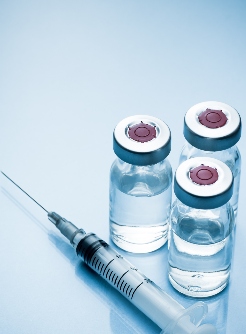

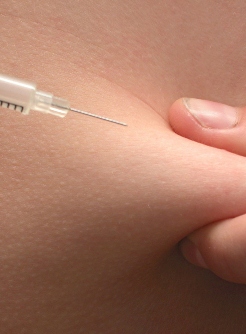

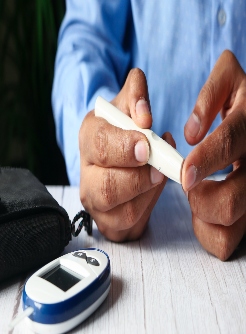





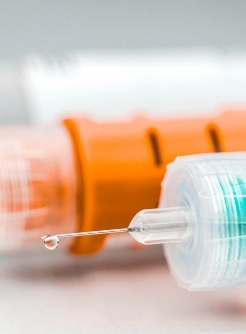
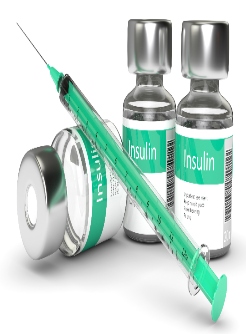

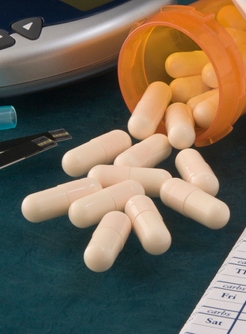
.jpg)


